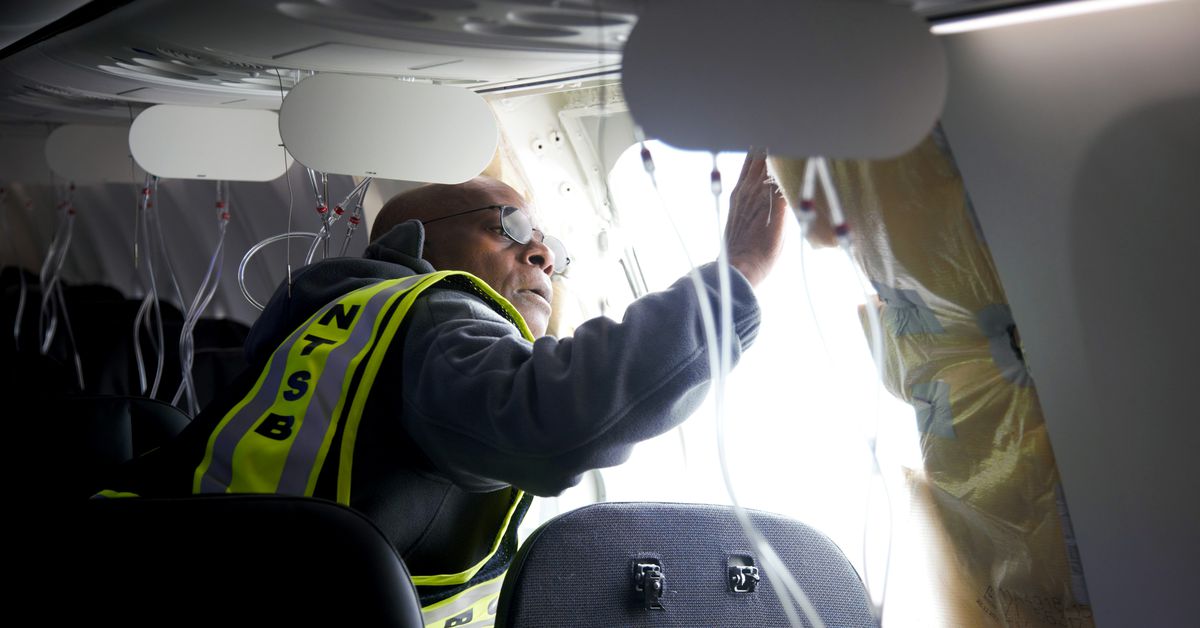In a series of Senate hearings today, Boeing faced scrutiny over serious allegations of compromising safety standards. The hearings were sparked by a recent incident in January where a door plug was ejected from an Alaska Airlines aircraft manufactured by Boeing, underscoring ongoing concerns about the company's commitment to safety.
The first of the hearings, conducted by the Senate Commerce Committee, examined a Federal Aviation Administration (FAA) report released in February. The report, which resulted from extensive interviews with Boeing employees, indicated a significant lag in enhancing the company's safety culture following the catastrophic 737 MAX crashes in 2018 and 2019, which resulted in 346 fatalities.
Javier de Luis, an MIT aerospace engineer and lecturer, testified about a noticeable "disconnect" between Boeing management's assurances and the actual experiences of its workforce. He highlighted that employees were often unclear on proper procedures for reporting safety issues.
Adding to the critique, Tracy Dillinger, a manager for safety culture and human factors at NASA, pointed out from one survey that "95 percent of the people who responded to the survey did not know who the chief of safety was."
The subsequent hearing featured testimony from Boeing quality engineer Sam Salehpour and former Boeing engineer Ed Pierson, as well as aviation safety advocate and former FAA engineer Joe Jacobsen and Shawn Pruchnicki, an aviation professor at Ohio State University. Both whistleblowers accused Boeing of overlooking and concealing defects and other severe assembly problems that could impede production and incur costs, suggesting that profit was prioritized over safety.

 www.vox.com
www.vox.com
The first of the hearings, conducted by the Senate Commerce Committee, examined a Federal Aviation Administration (FAA) report released in February. The report, which resulted from extensive interviews with Boeing employees, indicated a significant lag in enhancing the company's safety culture following the catastrophic 737 MAX crashes in 2018 and 2019, which resulted in 346 fatalities.
Javier de Luis, an MIT aerospace engineer and lecturer, testified about a noticeable "disconnect" between Boeing management's assurances and the actual experiences of its workforce. He highlighted that employees were often unclear on proper procedures for reporting safety issues.
Adding to the critique, Tracy Dillinger, a manager for safety culture and human factors at NASA, pointed out from one survey that "95 percent of the people who responded to the survey did not know who the chief of safety was."
The subsequent hearing featured testimony from Boeing quality engineer Sam Salehpour and former Boeing engineer Ed Pierson, as well as aviation safety advocate and former FAA engineer Joe Jacobsen and Shawn Pruchnicki, an aviation professor at Ohio State University. Both whistleblowers accused Boeing of overlooking and concealing defects and other severe assembly problems that could impede production and incur costs, suggesting that profit was prioritized over safety.

Boeing’s problems were as bad as you thought
Experts and whistleblowers testified before Congress today. The upshot? "It was all about money."
 www.vox.com
www.vox.com

